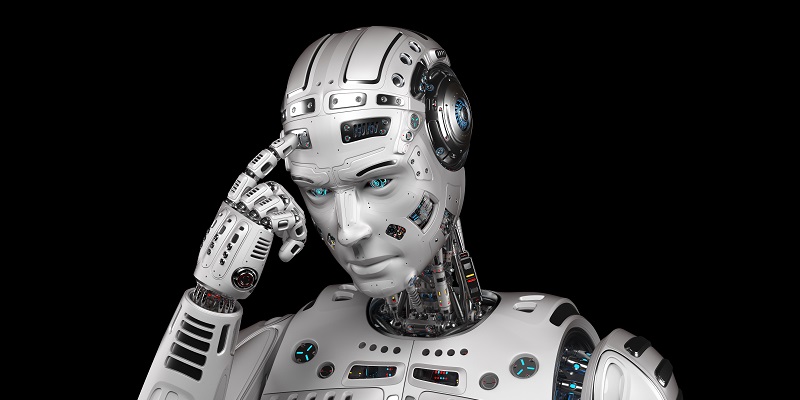Autonomous vehicles and robots have been the focus of research in recent years as they are expected to play a crucial role in our future. While these machines offer great potential, they also pose significant challenges, such as the ability to maintain stability while avoiding obstacles. Researchers at MIT have developed a new technique to address such complex problems, which provides a tenfold increase in stability and matches or even exceeds the safety of existing methods.
A machine-learning approach for solving complex problems has been developed by MIT researchers, aiming to address the primary challenge faced by autonomous vehicles – stabilizing trajectory while avoiding obstacles. Existing AI techniques often result in unsafe outcomes due to their inability to adequately address this conflict. To overcome this, the MIT team’s machine-learning approach breaks down the problem into two steps. First, the problem is reframed as a constrained optimization issue, capitalizing on optimization techniques to identify the best trajectory meeting safety and stability requirements while avoiding obstacles. The optimization problem is then solved to generate the required trajectories.
The stabilization-avoidance challenge is prevalent in the world of autonomous devices. An example could be a drone that needs to fly toward a target while avoiding trees and other obstacles. The challenge occurs because, to reach the target optimally, the drone needs to take the shortest and fastest possible path. However, this path may lead through obstacles, risking damage to the drone or, worse, causing injury to people in the vicinity. Therefore, the drone needs to find a path that optimizes its stabilization and safety while avoiding obstacles.
The approach taken by MIT researchers is unique in that it can stabilize all trajectories while ensuring safety. Their optimization technique provides a more effective solution than existing methods which rely on reactive approaches to avoid obstacles. Reactive approaches work by reacting to changing conditions, such as detecting an obstacle, and almost instantaneously taking evasive action. However, these methods leave open the possibility of instability and have potentially unsafe outcomes.
To test their approach, they used it to fly a simulated jet aircraft in a scenario one might see in a “Top Gun” movie. The simulated aircraft was a 17-state nonlinear model developed with input from a team at the Air Force Research Lab (AFRL). This model incorporated lift and drag tables, making it a challenging scenario to test.
The research team believes that this approach could be the starting point for designing controllers for highly dynamic robots that must meet safety and stability requirements. Such robots could include self-driving cars, drones, and even robots for space exploration. The importance of this technique lies in its ability to provide a tenfold increase in stability while maintaining safety in complex scenarios.
While the results of their new approach have been encouraging, the researchers are keen to enhance their technique so that it can better take uncertainty into account when solving the optimization problem. One of the challenges with any optimization technique is dealing with ambiguity and uncertainty. In the case of autonomous devices, uncertainty could arise from unpredictable weather, changes in the environment, or hardware failures.
The ability to stabilize trajectories while avoiding obstacles is a crucial challenge in the world of autonomous devices. The novel machine-learning approach developed by MIT researchers provides a tenfold increase in stability while ensuring safety, making it an exciting development. The results of their research demonstrate that their technique can successfully generate safe controllers for complex scenarios, including a 17-state nonlinear jet aircraft model. By further improving their approach, they will likely provide a valuable tool for autonomous devices to meet safety and stability requirements in challenging environments.

